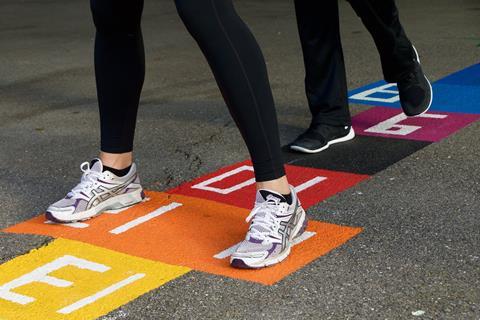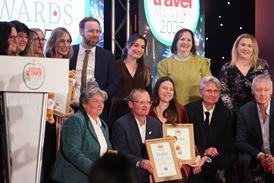The Outdoor Education Advisers’ Panel has issued updated advice for teachers about planning and managing learning outside the classroom.

Martin Smith, chair of the panel, explains some of the guidance and his hopes for a new normal of increased access to learning opportunities beyond the classroom:
The gradual return to schooling will be challenging for many in terms of ensuring the safety and wellbeing of staff, pupils and their families. Returning to the business of education will be gradual and involve careful planning and the introduction of very different routines and day-to-day management of the school community.
In planning the return to schools, the Department for Education has highlighted that there are a number of advantages to using the school grounds to help maintain social distancing, support infection control and improve physical activity levels.
“In addition, I know that many of us would also see the value of being outdoors in terms of having a positive impact on health and wellbeing.”
However, we are still very much at the ‘first steps’ phase. So, how can we not only use the outdoor areas around the school within the current restrictions but do this to deliver effective learning and support for young people?
The challenge of maintaining a two-metre distance and ensuring appropriate hygiene and infection control is in place will tax many returning to school. However, for those who have been looking after the children of ‘key workers’ this been the new ‘norm’ for a while.

Routines of regular had washing before, possibly during and after being outdoors will soon become a habit, as will cleaning and disinfecting equipment after or even during use.
Managing social distancing will be difficult especially as we bring groups of young people together again for the first time in many weeks. It is here that group management and organisation will be key.
Getting creative - Martin’s other tips for schools:
- In both moving outside and while outside – consider collection and waiting areas.
- Try and focus on lower risk games and activities to reduce the chance of accidents. Games/activities that focus on ‘estimating’ distance and maintaining it become a mathematical skill.
- Building on that, incorporate activities such as ‘matching pairs’ relay races that can be used to support learning from within the classroom. All that is needed are safe waiting areas and ‘exchange’ areas, identified by tape, chalk, hula hoops, as the next runner takes over.
- Imaginative use of how groups can be managed will open up a wide range of activities. There are also lots of environmental and discovery activities/scavenger hunts that can be carried out on an individual basis.
- Protection from the elements is a key consideration. Suitable clothing and/or a change of clothing will be key requirements, areas to change in may also have to be identified. Making use of existing outdoor shelters or trying to obtain mess tents/gazebos, or similar from uniformed organisations or the Services may be an option.
Some excellent guidance for the use of school grounds has been produced by Learning through Landscapes and Atkins with further guidance available from the Outdoor Education Advisers’ Panel.
Making the most of the outdoors will also begin to lay the foundations for forays beyond the school grounds and possibly even a ‘new normal’ of increased access to learning opportunities beyond the classroom. Let’s hope so.
The Outdoor Education Advisers’ Panel supports local authorities, schools and academy groups in England, Wales and Northern Ireland. It provides a forum for sharing and developing good practice in off-site visits, outdoor learning and learning outside the classroom.










